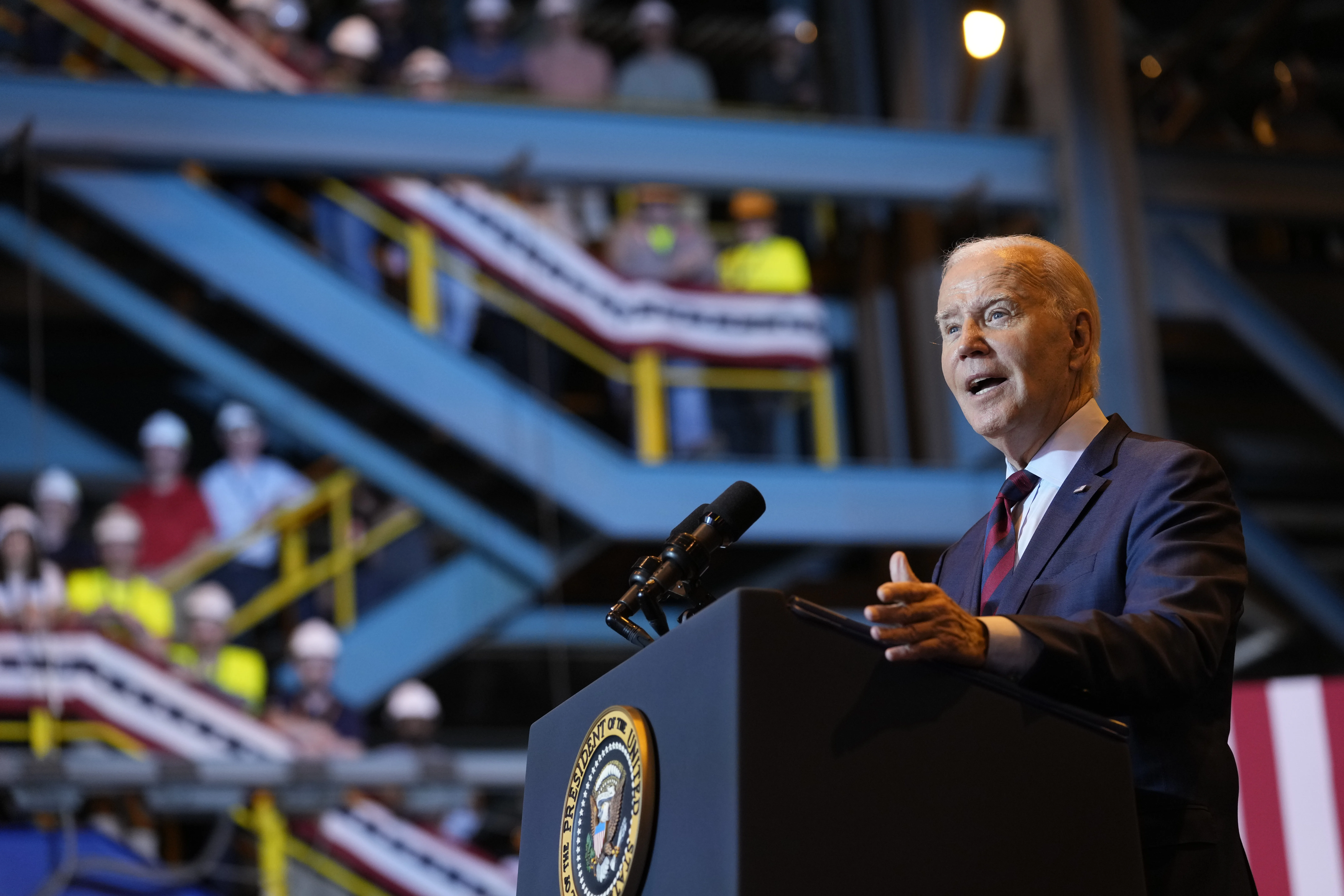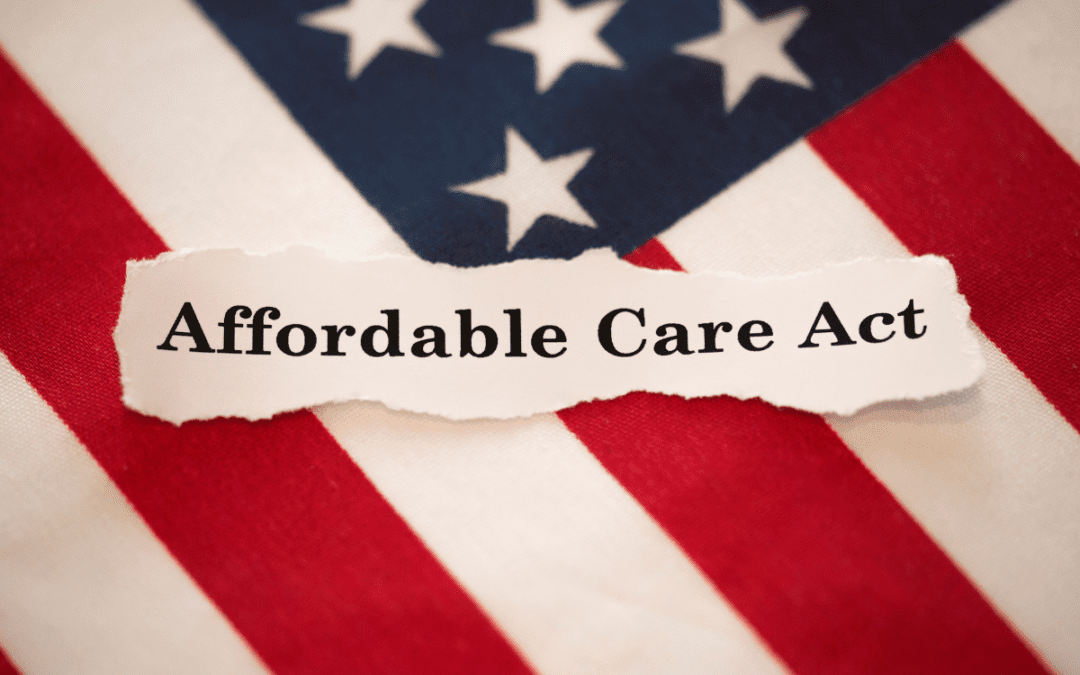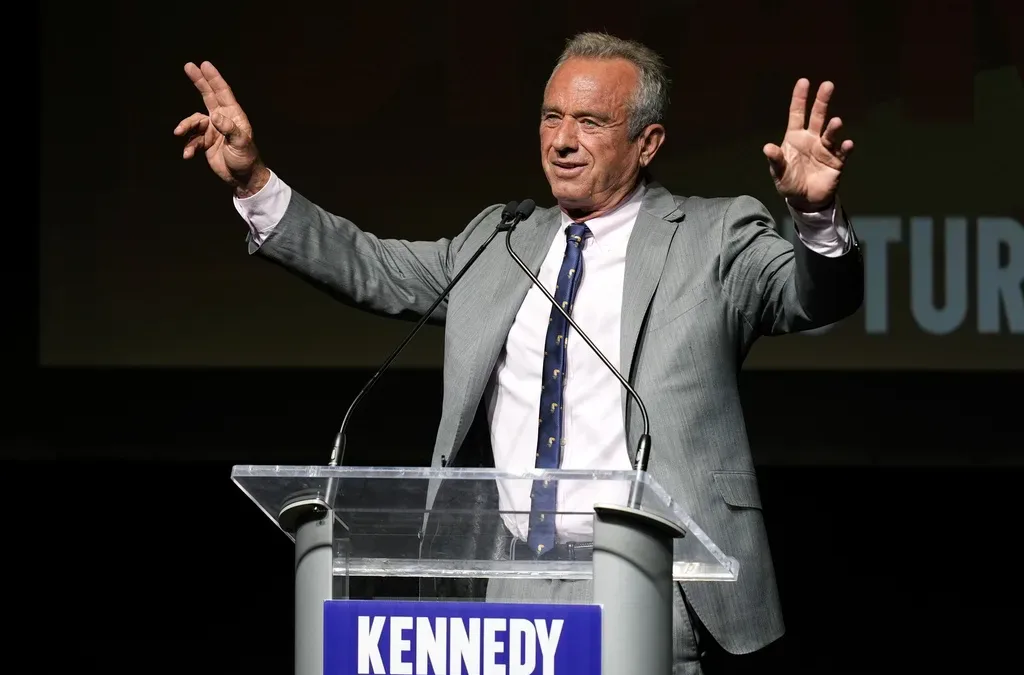
The administration’s show of support comes as unprecedented worker organizing — from strike authorizations to work stoppages — hit multiple industries this year, including, transportation, entertainment, hospitality and health care. (AP Photo/Susan Walsh, File)
Collectively, Wisconsinites owe $24.7 billion in student loans. Now, instead of going to the government, borrowers can put $10,000 to $20,000 into their local economy for home ownership, new vehicles, child care, and more.
The rapid rise of student loan debt in the United States has handcuffed a generation of taxpayers whose principal and (especially) interest payments were holding them back from economic opportunities enjoyed by their parents and grandparents. That burden got a little lighter Wednesday with an executive order from President Joe Biden that canceled part or all of federal student loan obligations for tens of millions of Americans.
The life-changing news will extend the current moratorium on loan payments and make systemic changes to ensure future repayment terms are more fair for low- and middle-income borrowers.
Here is the breakdown of Biden’s plan, which he will implement via executive order—but could face legal challenges from Republicans and conservative groups who want to do nothing to address the student debt crisis.
- $10,000 in debt canceled if you went to college and earned less than $125,000 (or $250,000 for a married couple) in 2020 or 2021
- $20,000 in debt canceled if you went to college, received Pell Grants (a form of federal financial aid for undergraduate students), and meet the income threshold
- The pause on student loan payments is extended through Dec. 31, 2022, so borrowers will not have to resume payments in September.
The amount of cancellation is capped at the amount of your outstanding debt, so if you are eligible for cancellation but have less than $10,000 in debt left (or less than $20,000 as a Pell grant recipient), the cancellation will amount to whatever you owe.
The order will apply to borrowers with federal loans from both undergraduate and graduate programs—meaning nurses and teachers will be eligible—as well as Parent Plus loans, according to the Wall Street Journal. The canceled debt will also reportedly be exempt from being taxed as income, but any loans must have originated before July 1, 2022, to qualify for cancellation.
Figures from the US Department of Education—and reported by WPR—show there are currently about 721,400 Wisconsinites who have outstanding federal education debt. Together, they owe $23.5 billion, money that frequently leaves Wisconsin as payback to the federal government and lending institutions.
The progressive advocacy group One Wisconsin Now first made student loan debt a priority in 2009, when it reported there were more than 30-million Americans carrying almost $1 trillion in education debt. Today, the number is 43-million Americans owing roughly $1.6 trillion, said the group’s former executive director Scot Ross in a statement.
“As our nation’s corporations canceled employer-provided pensions, student loan borrowers are unable to save for their retirement, let alone save money to offset the ever-rising cost of higher education or technical college for their own children,” Ross said. “But as we emerge from the global pandemic, the bleak reality of the student loan crisis has been offered some hope with today’s announcement from President Joe Biden.”
Current and future lower- and middle-income borrowers on income-based repayment plans will also get further relief under Biden’s new rule. The order will:
- Limit what these borrowers with undergraduate loans must pay each month to no more than 5% of their discretionary monthly income (the amount left after paying for necessary expenses like rent, utilities, and food). The rate is currently 10%, meaning Biden’s rule will effectively cut these borrowers’ payments in half.
- Guarantee that no borrower earning under 225% of the federal poverty level—roughly $30,500 in 2022—will have to make monthly payments by raising the amount of income that is considered non-discretionary income.
- Cancel loan balances after 10 years of payments for borrowers with loan balances of $12,000 or less. Currently, these borrowers are ineligible for cancellation for 20 years.
- Cover borrowers’ unpaid monthly interest, so that borrowers do not accrue any interest on their balances as long as they make their monthly payments—even if it’s as low as $0 because their income is low.
The White House provided examples of how these new rules would help different kinds of Americans:
Biden’s move comes after years of activism from borrowers, lawmakers, and activists who have pointed out how the growing cost of college, which has roughly tripled since 1980—even after accounting for inflation—and stagnant levels of federal aid have forced students to take on burdensome loans that have now left many middle- and low-income families financially underwater and unable to start businesses, buy homes, or retire.
The average undergraduate student now graduates with roughly $25,000 in student loan debt, according to the US Department of Education (DOE). Even for those who graduate with less debt, the load can be crushing. In fact, roughly 16% of borrowers are in default—including roughly 750,000 senior citizens with student debt—which can result in the government garnishing a borrower’s wages or lowering their credit score.
Biden’s order is expected to provide direct financial relief to a substantial majority of the nation’s 43 million borrowers—nearly one-third of whom never finished their studies or obtained a degree due to the high cost.
Under the rule, an estimated 20 million people are expected to be eligible to have their remaining debt fully canceled, with benefits overwhelmingly flowing to Americans earning under $75,000 per year.
The move is likely to be a popular one among ordinary Americans. Recent polling from Courier Newsroom and Data for Progress found that 58% of likely voters supported canceling at least $10,000 in federal student loans, with 63% supporting the same amount of cancellation for low- and middle-income borrowers.
According to the DOE, nearly 8 million borrowers may be eligible to receive automatic relief because relevant income data is already available to the agency. If the DOE does not have your income data, or if you’re unsure if they do, the Biden administration will be rolling out an application in the coming weeks, before the pause on federal student loan repayments ends on Dec. 31st.
You can sign up for email notifications from the Department of Education once the applications are open.
Borrowers who work for nonprofits, the military, or federal, state, local, or Tribal governments may be eligible to have all of their federal student loans canceled through the Public Service Loan Forgiveness (PSLF) program because of temporary changes to the program’s eligibility criteria. These changes expire on October 31, 2022. For more information on eligibility and requirements, visit PSLF.gov.
Additional Wisconsin material was reported by Pat Kreitlow.
Politics

Opinion: Many reasons why young adults should refuse to let Republicans kill the Affordable Care Act
In this op-ed, University of Wisconsin Medical School student, Samantha Crowley, shares the importance of young adults protecting the Affordable...

He said what? 10 things to know about RFK Jr.
The Kennedy family has long been considered “Democratic royalty.” But Robert F. Kennedy, Jr.—son of Robert F. Kennedy, who was assassinated while...
Local News

Stop and smell these native Wisconsin flowers this Earth Day
Spring has sprung — and here in Wisconsin, the signs are everywhere! From warmer weather and longer days to birds returning to your backyard trees....

Your guide to the 2024 Blue Ox Music Festival in Eau Claire
Eau Claire and art go hand in hand. The city is home to a multitude of sculptures, murals, and music events — including several annual showcases,...




